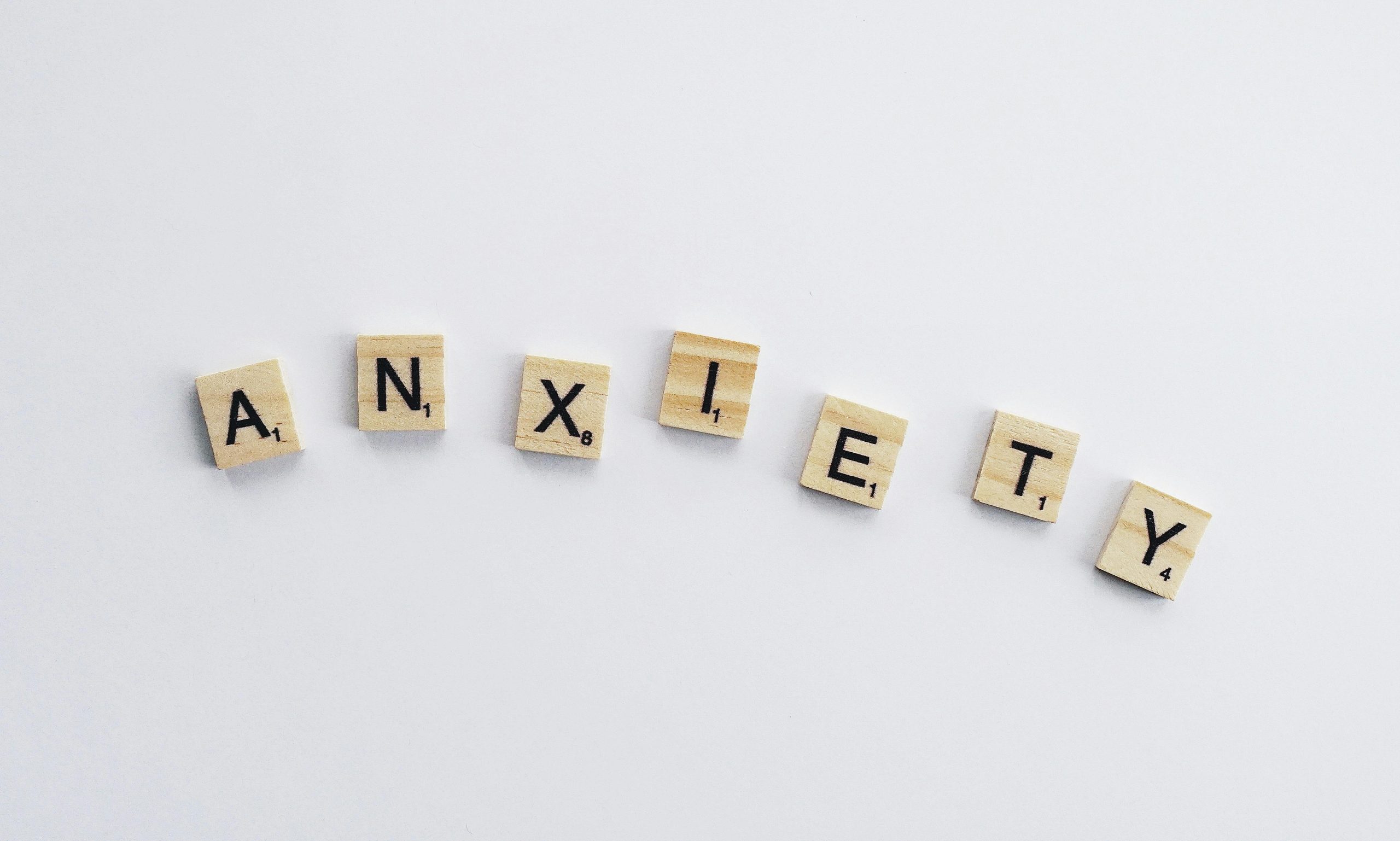Anxiety and panic attacks disrupt daily life with intense physical and mental symptoms. Recognising early signs and applying proven techniques—from mindful breathing to grounding exercises—can restore control and reduce distress. Combining simple lifestyle changes with professional support offers practical ways to manage anxiety effectively and prevent panic episodes before they escalate.
Understanding Anxiety and Panic Attacks
Anxiety and panic can disrupt daily routines but are manageable with proper strategies.
Additional reading : Crafting Your Ultimate Gut Health Plan: A Detailed Guide to Achieving Optimal Wellness
Anxiety Checklist offers guidance on recognizing early warning signs. Common physical symptoms include rapid heartbeat, dizziness, and sweating. Mentally, intrusive thoughts or worries about the future often surface, while behavioral signs involve avoidance of certain situations.
Panic attacks are sudden, intense episodes with symptoms like trembling, shortness of breath, and a racing heart, typically lasting 5 to 30 minutes. Differentiating from general anxiety is crucial for effective response.
This might interest you : Discover the Hidden Benefits: Why Fermented Foods Should Be in Your Diet Today
Effective techniques include controlled breathing, mindfulness exercises, and grounding techniques to manage sudden waves of panic. Lifestyle changes—such as regular exercise, balanced nutrition, and sufficient sleep—also help reduce overall anxiety levels.
Seeking professional help through cognitive behavioral therapy (CBT) or medication can be essential for persistent symptoms.
Practical Strategies for Anxiety Reduction
Coping strategies for stress start with practical, actionable steps. When anxiety strikes, focus on calming breathing techniques—slow, deep breaths often lower heart rate and ease tension. Breathing exercises for immediate relief, like the 4-7-8 method, help control symptoms even during panic episodes.
Understanding your triggers is essential for preventing sudden anxiety episodes. Journaling to understand anxiety patterns lets you reflect on emotional distress and spot common themes leading to anxiety spikes. Building an anxiety coping toolkit that includes grounding techniques during panic—like naming five things you can see or feel—helps manage emotional distress quickly.
Incorporate daily habits to reduce nervousness: aim for a balanced diet, regular exercise, and structured routines. These lifestyle changes for anxiety control boost resilience. Healthy sleep hygiene and reducing caffeine can significantly help.
For deeper anxiety relief methods, try progressive muscle relaxation or guided meditation. The benefits of guided meditation are well-supported, promoting calm and clarity. Relaxation methods for nervous tension—such as soft music, aromatherapy, or calming visualization techniques—soothe the mind and body.
Support systems for mental health, from peer groups to professionals, play a crucial role. Don’t hesitate to seek help if symptoms persist or interfere with life.
Cognitive and Behavioral Approaches
Applying cognitive behavioral tips for anxiety—especially identifying anxiety triggers, challenging unhelpful thinking, and using gradual exposure therapy—can tangibly reduce the frequency and intensity of panic attacks. Learning to separate normal stress from signs of chronic anxiety is essential, as this differentiation guides when to seek professional help versus self-managing with calming breathing techniques and other daily habits to reduce nervousness.
Mental exercises to lower anxiety, such as reframing negative thought cycles, practicing self-soothing methods during anxiety, and establishing a grounding routine using breathing exercises for immediate relief, help individuals regain a sense of control. Journaling to understand anxiety patterns works as both a tracking and coping tool, allowing for the identification of recurring anxiety triggers.
For emotional resilience, building an anxiety coping toolkit is recommended. This might combine mindfulness exercises for relaxation, support systems for mental health, and progressive muscle relaxation. Engaging in daily habits to reduce nervousness, avoiding negative self-talk, and recognizing physical signs of panic attacks help users manage emotional distress proactively.
If lifestyle changes for anxiety control and self-help strategies for panic prevention prove insufficient, or if anxiety disorders disrupt daily functioning, timely professional assessment and medication options overview may be necessary.
Recognizing Symptoms, Triggers, and When to Seek Help
Distinguishing persistent anxiety from ordinary, short-term stress is key for effective support. Physical signs of chronic anxiety and panic attacks, such as a rapid heartbeat, chest pain, tingling sensations, or dissociation, indicate the need to monitor your nervous system closely. Coping strategies for stress often start with identifying anxiety triggers that consistently prompt emotional distress—work pressures, major life transitions, or even caffeine and alcohol effects on nervousness can play major roles.
Mental and behavioral symptoms go beyond worry. Obsessive thinking, avoidance behaviors, difficulty with relationships, or sudden panic attacks (often lasting 5 to 30 minutes) reveal underlying issues. When daily functioning is disrupted by such symptoms, grounding techniques during panic, anxiety relief methods, and breathing exercises for immediate relief all become first-line supports but may not suffice alone.
Timely medical assessment should not be delayed if symptoms persist, worsen, or include self-harm risks. Seeking professional help—whether through NHS services, private therapy, or guided medication options—ensures safety, especially when self-help strategies for panic prevention and relaxation methods for nervous tension prove inadequate. Remember: early intervention using effective anxiety management tips and support systems for mental health increases the likelihood of positive outcomes.









